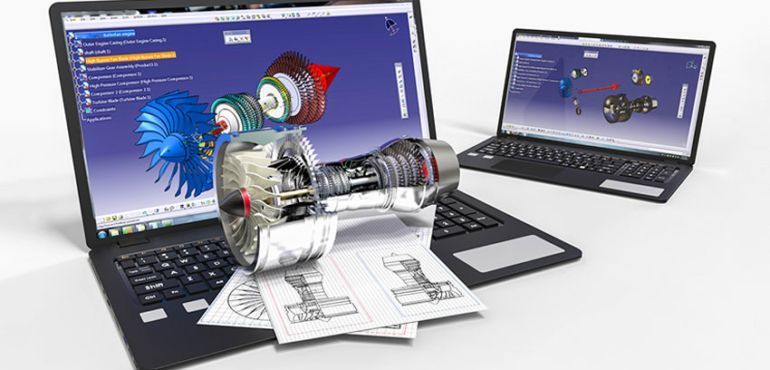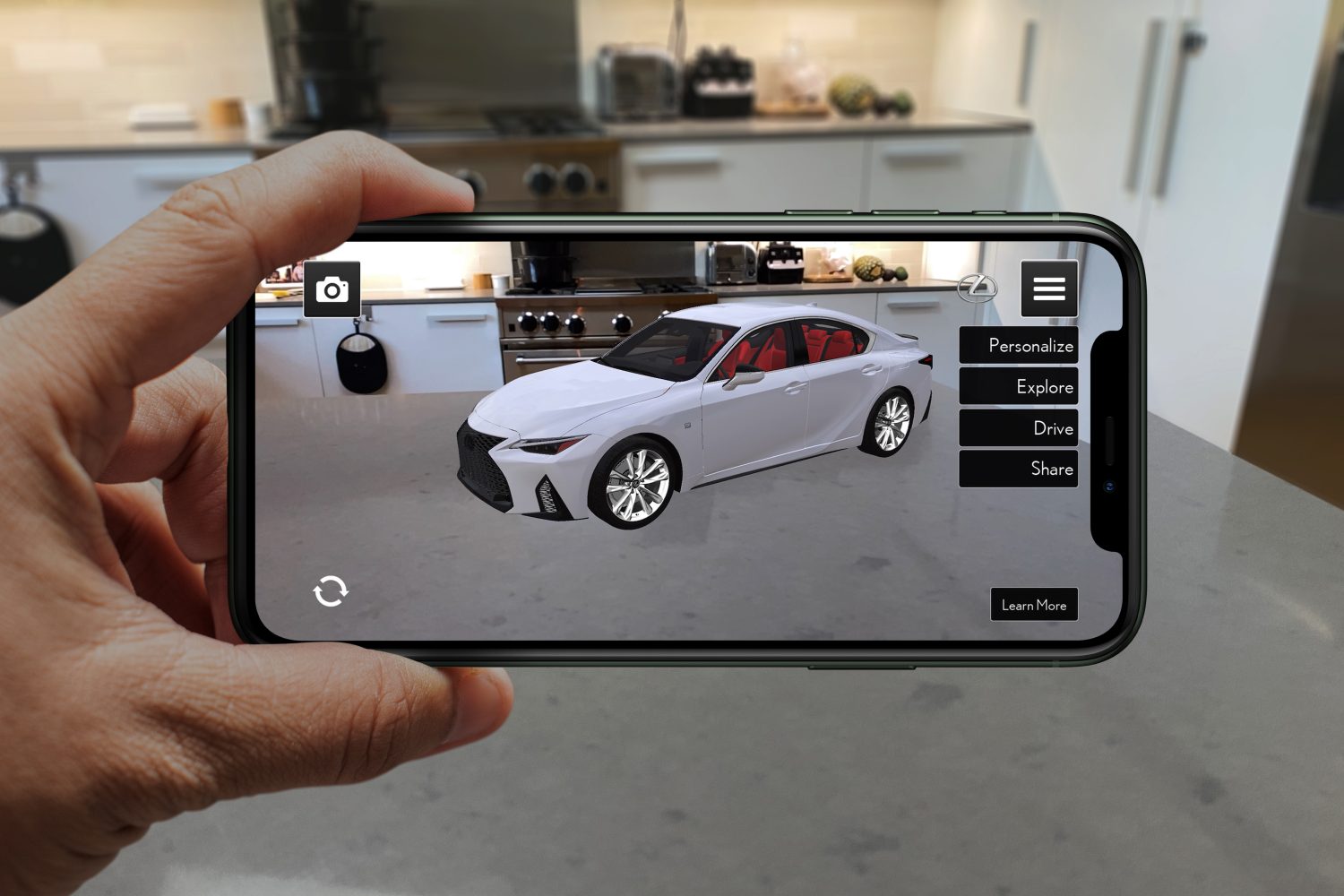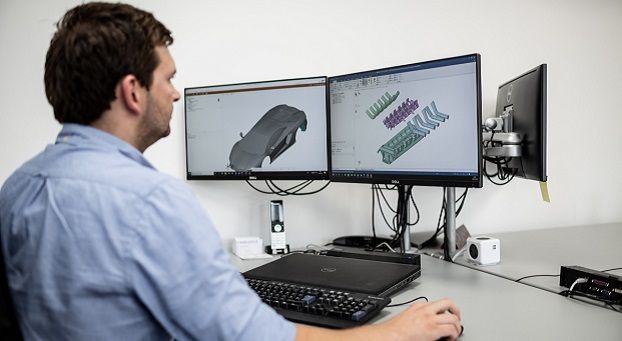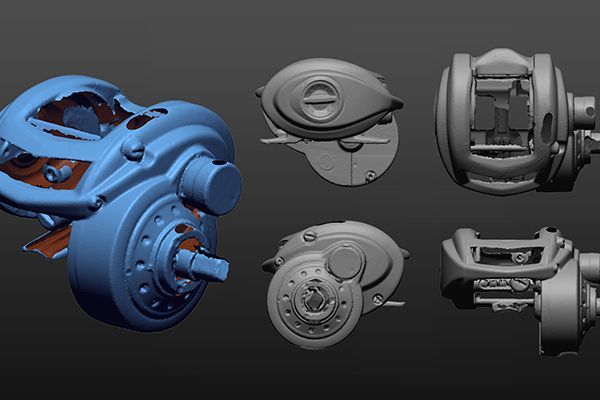What is Computer-Aided Design (CAD)?
What is Computer-Aided Design (CAD)?
Computer-aided design (CAD) is the use of computers (or workstations) to aid in the creation, modification, analysis, or optimization of a design. CAD software is used to increase the productivity of the designer, improve the quality of design, improve communications through documentation, and to create a database for manufacturing. Designs made through computer-aided design software are helpful in protecting products and inventions when used in patent applications.
Purpose of CAD
CAD enables the development, modification, and optimization of the design process. Thanks to computer-aided designs, engineers can make more accurate representations and modify them easily to improve design quality. The software also takes into account how various materials interact: This is especially relevant as more details are added to drawings by subcontractors.

Today, drawings/plans can be stored in the cloud, thus, contractors have gained access to CAD-based drawings/plans at the worksite. Entire teams can check out plan modifications easily, including the contractor and subcontractors. This way, it is possible for relevant parties to recognize the possible impact the changes might have on construction and adapt as needed. Such ready access to plans improves communication.
Effective utilization of all information ultimately increases productivity. Computer-aided designs enables designers to consider electricity, plumbing, and other elements, helping to create a more comprehensive design. Ultimately, this translates to fewer work changes and fewer surprises during construction.

CAD and its spinoffs, with their many features, has become a staple throughout the construction industry and through all phases of the process. Its technological impact has been a game-changer in the industry—it has transformed construction into a technology job.
In this Blog article, Reverse Engineering Service expert Mako GmbH provides an introduction to CAD and its purposes. If you want to explore more about Reverse Engineering, CAD software and how to master them check out our Blog Posts here or contact us here to get in touch with a Reverse Engineering expert!







There are no comments